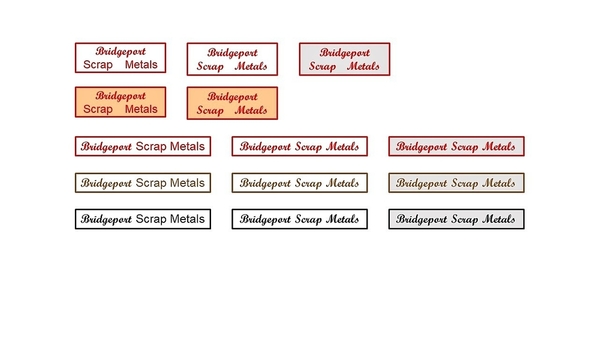This thread will discuss in detail the construction of a scratch-built background factory building to occupy a 24-inch by 2-1/2-inch strip at the rear of my 10’-by-5’ layout which, thanks to Allan Miller, was the subject of the cover photo and an article in OGR Run 304. This area is the larger of two unfinished surfaces at the rear of the layout and is located between the track and the rear edge of the table. The model will cover part of the white wall between the hotel and truss bridge as shown in the first photo. The structure will be three inches in depth and will overhang the rear edge of the layout by about one inch, so I’m not certain how well that will work. I have a general idea of how the building will look but I am designing it as I build.
The first step was to select windows and doors for the “front” wall and mark their locations on the inside of the milled clapboard basswood.
I added a third floor to the center of the front wall and glued it to the top edge of the wall. I cut openings for the windows and doors, and then checked the fit of the windows and doors.
I built a right-side wall that has a 3-inch width, added a 1-inch piece to the bottom of each of the two walls, and then assembled them as shown while checking for squareness. The 1-inch pieces will be covered with plastic sheeting to represent a stone foundation.
Most reinforcement on the insides of walls was done prior to putting them together but some was also done afterward.
I then placed the model on the layout to see how it looks and fits the space.
I added a left-side wall to the model and also constructed three short walls for a vestibule and right-side entryway.
To be continued.
MELGAR






